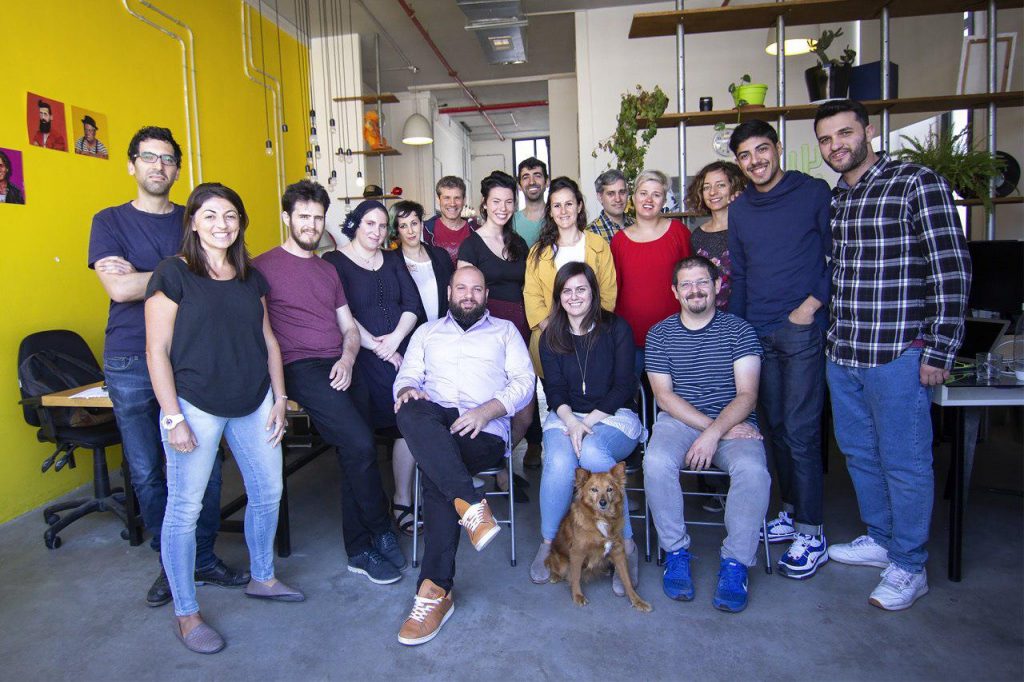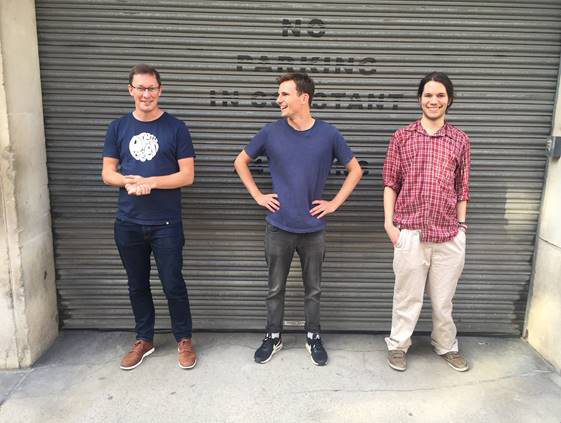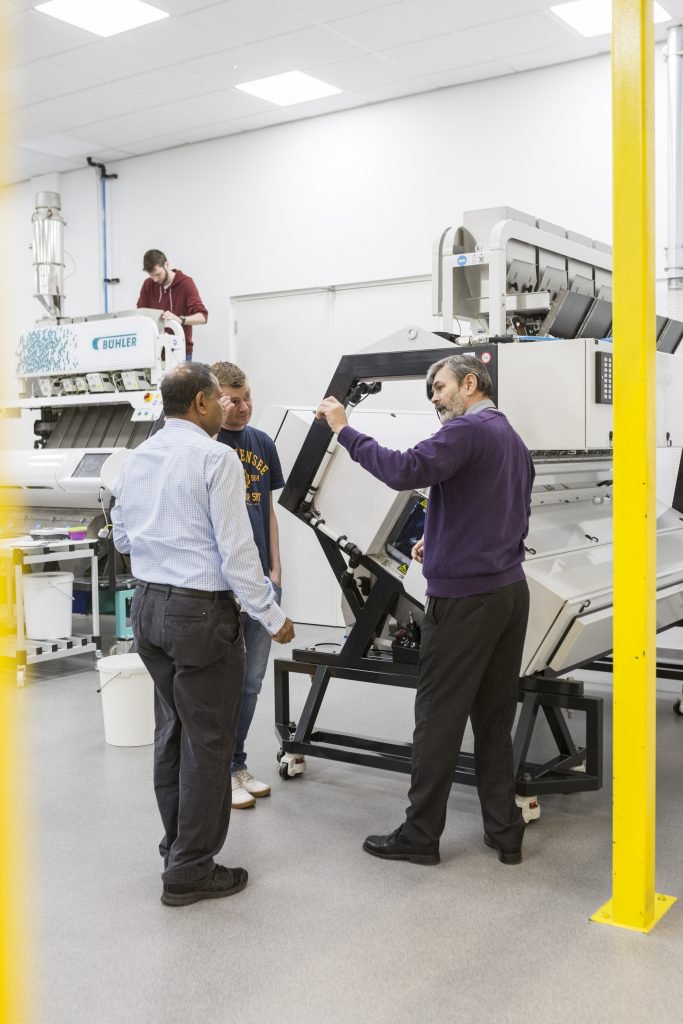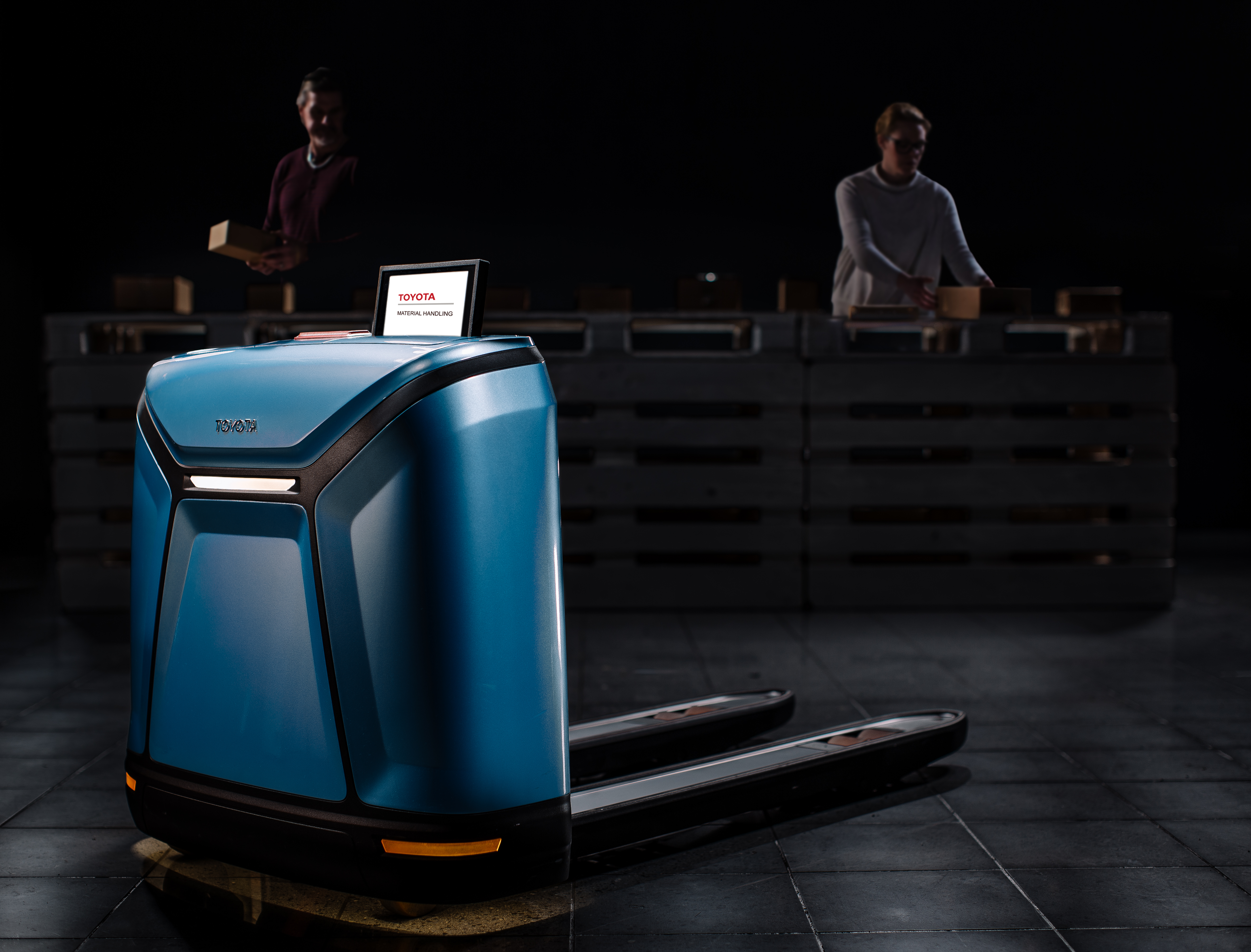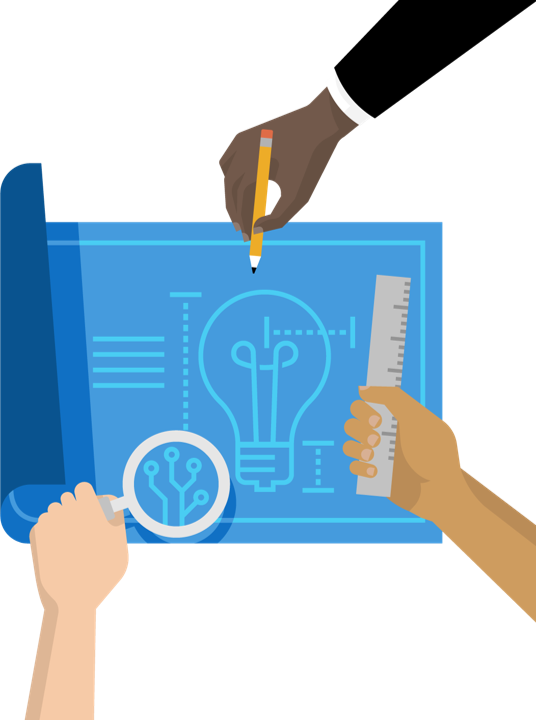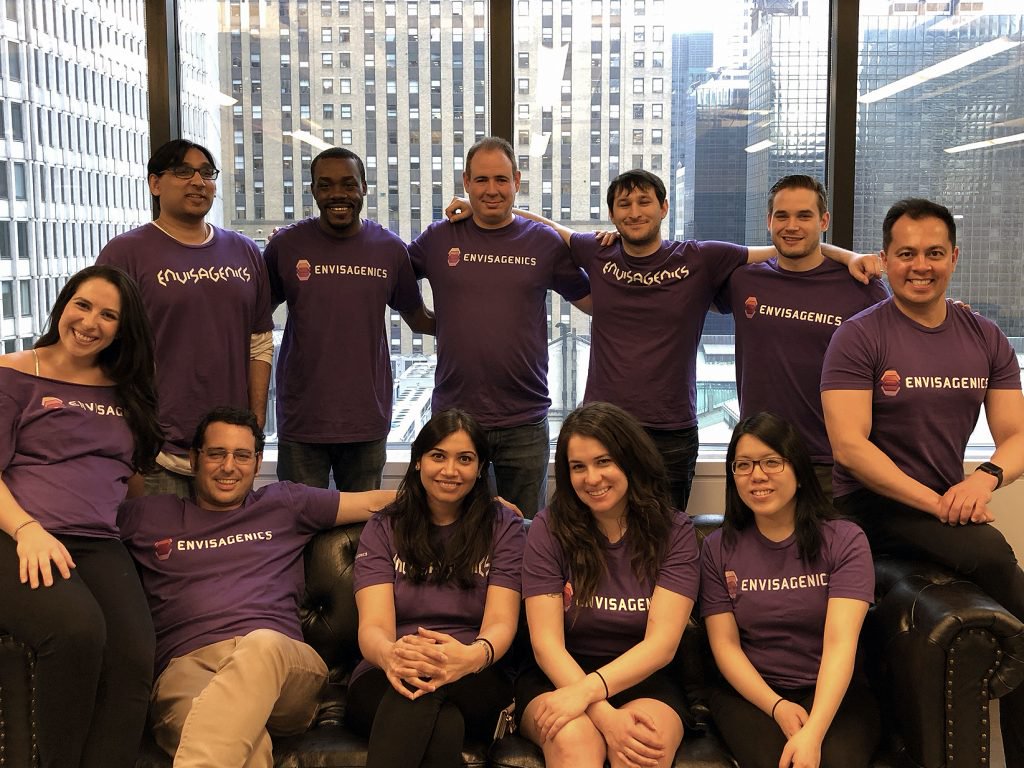
Advancing the future of AI: M12 and VC partners award $3.5 million to Innovate.AI winners
Last year, M12, Microsoft’s venture fund (formerly known as Microsoft Ventures), set out on a mission to uncover the most innovative startups harnessing the power of artificial intelligence (AI) to transform businesses and solve real-world challenges. Together with Madrona Venture Group, Notion and Vertex Ventures, we put a combined $3.5 million in investment funding on the line to kick off Innovate.AI, a global startup competition that would drive progress in AI and further Microsoft’s commitment to making AI accessible for all.
Six months later, we’re overwhelmed with the response. Not only did we receive hundreds of submissions, the companies were all innovative, impactful and inspiring. In healthcare, startups are utilizing AI to create personal and mental health assistants, conduct drug research and diagnosis as well as spot patterns and abnormalities. In retail, computer vision is used to automatically recognize and tag items in images and video, enhance advertising and optimize shopping experiences. In financial services, machine learning is fueling research summaries and insights that investment professionals can use to invest smarter and faster. In human resources, AI is helping to understand people’s strengths, skills and networks and properly match them with jobs and schools. The number of use cases across industries is endless.
For more than 25 years, Microsoft has worked to advance transformative power of AI, believing in its ability to accelerate human ingenuity and solve some of society’s most pressing challenges. The hundreds of startups that applied to Innovate.AI make it clear that the next generation of innovators is realizing this vision in ways we never could have imagined, and we can’t wait to help drive the progress.
Today, I am thrilled to share that after narrowing it down to 34 finalists, we have selected the four winners for the Innovate.AI competition. Most importantly, I wanted to share a little bit about the stories behind their successes:
AI at the forefront of science and medicine
Company: Envisagenics
Region: North America
VC partner: Madrona Venture Group
More than 30 million people in the U.S. are living with cancer and/or a genetic disease. By integrating ribonucleic acid (RNA) splicing analytics and AI, Envisagenics aims to unlock previously inaccessible cures for hundreds of diseases caused by splicing errors.
Envisagenics is a biotechnology company that applies AI to the genetic sequence of patients to discover new therapies. The company focuses on RNA splicing, a cellular process occurring in every cell that “edits” RNA to produce functional proteins required for our body to work. Its proprietary cloud-based discovery platform, SpliceCoreTM, uses machine learning to prioritize new drug target candidates from patients’ RNA, our genetic blueprint.
Learn more about Envisagenics.
Members of the Envisagenics team. Photo courtesy of Envisagenics
Where the citizen’s voice is heard
Company: ZenCity
Region: Israel
VC partner: Vertex Ventures
One of the most important measures of a city’s performance is through the feedback of its citizens. Yet many current planning and performance solutions for city officials today are done manually and only capture partial data. These solutions are often costly and limited to anecdotal results.
To solve this challenge, ZenCity has built an innovative application that uses AI to analyze data from hundreds of thousands of public interactions on social media, city hotlines and other communication channels to surface sentiment trends in real time. The application provides an accurate citizen pulse on how they are viewing the city. City officials can interpret this data to drive more informed decisions that improve the lives of its people.
Learn more about ZenCity.
Members of the ZenCity team. Photo courtesy of ZenCity
Anonymizing data with artificial intelligence
Company: Hazy
Region: Europe
VC partner: Notion
With data privacy concerns on the rise, more and more companies are looking for partners that can help them achieve the new European Union General Data Protection Regulation (GDPR) compliance by anonymizing their data. Hazy is working to make this a reality.
Using any arbitrary structured data source (e.g. a database or stream of data), Hazy leverages deep learning algorithms with topological data analysis and knowledge representation technologies to accurately identify and classify personal and sensitive information, while providing a human-like understanding of the data.
Learn more about Hazy.
From left, CTO James Arthur, CEO and cofounder Harry Keen and Dr. Fintan Nagle of Hazy. Photo courtesy of Hazy
Each of these winners will receive a combined $1 million investment from M12 and our regional VC partners and up to $500,000 each in Microsoft Azure credits and prizes.
Making speech recognition accessible to everyone
Company: Voiceitt
Region: Israel
Alongside the above regional investments, M12 separately selected an “AI for Good” winner for best using AI in a way that positively impacts society. Voiceitt, which shares our commitment to making technology accessible for all, will receive $500,000 in VC funds from M12 and up to $500K in Azure credits and prizes.
Most of people take for granted the ability to verbally communicate feelings, ideas and desires. Yet diseases like cerebral palsy, autism, stroke, ALS and Parkinson’s prevent more than 100 million people around the world from communicating naturally using their voices. Voiceitt’s mission is to make voice recognition technology available to everyone. Through a hybrid of unique statistical modeling and machine learning technologies in Microsoft Azure, Voiceitt will enable tens of millions of people to overcome communication barriers and help them connect with the world.
Voiceitt is building speech recognition technology designed to understand non-standard and dysarthric speech. The company’s core mobile application — already in closed beta testing — is a hands-free voice recognition app that enables face-to-face, real-time communication with friends, family, and strangers. In addition, the technology is designed for integration into smart homes, assistive and augmentative communications devices, and smart speakers.
Learn more about Voiceitt.
Members of the Voiceitt team. Photo courtesy of Voiceitt
Thank you, everyone, who shared your story with us. We continue to be inspired by how AI is being used to change the way we work, play and live and are looking forward to working with Envisagenics, ZenCity, Hazy and Voiceitt to continue driving the next wave of transformation.
The post Advancing the future of AI: M12 and VC partners award $3.5 million to Innovate.AI winners appeared first on The Official Microsoft Blog.
Source: The Official Microsoft Blog

